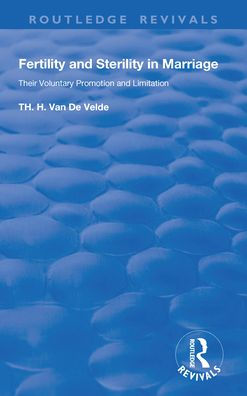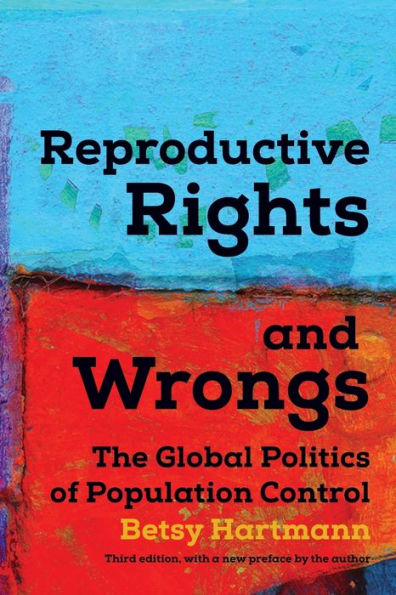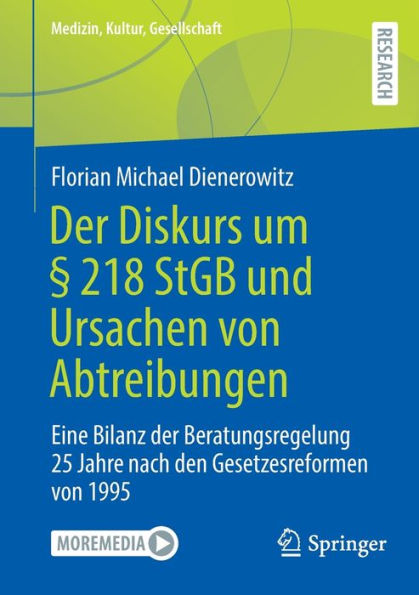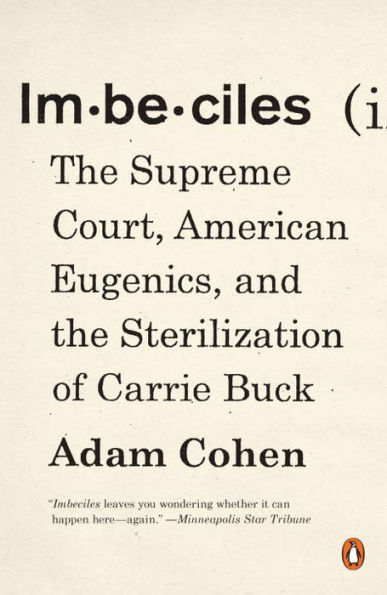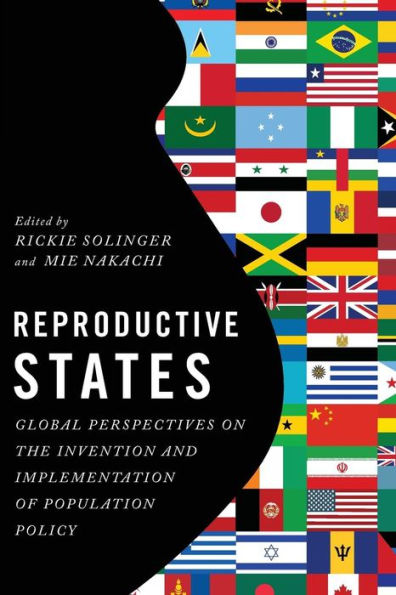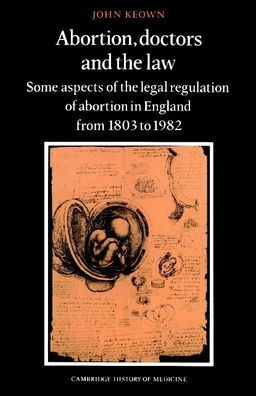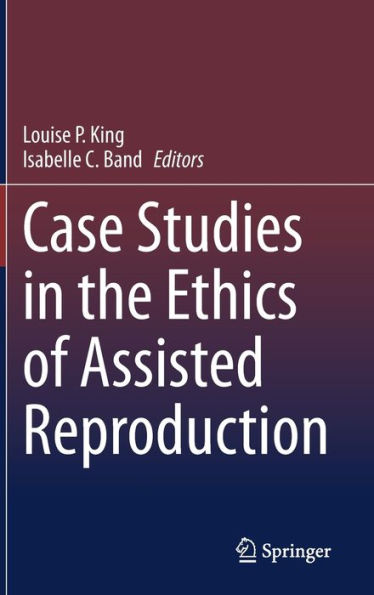Home
Procreative Liberty: Revisiting Obiter Dicta and Holdings on Compulsory Sterilization or Pregnancy Termination from 1913 to 2013
Barnes and Noble
Procreative Liberty: Revisiting Obiter Dicta and Holdings on Compulsory Sterilization or Pregnancy Termination from 1913 to 2013
Current price: $70.00
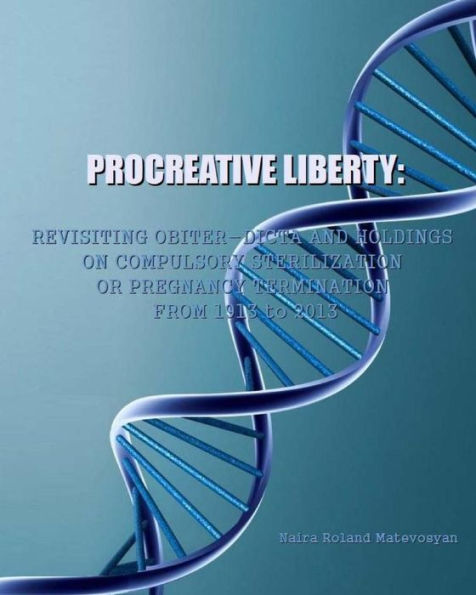

Barnes and Noble
Procreative Liberty: Revisiting Obiter Dicta and Holdings on Compulsory Sterilization or Pregnancy Termination from 1913 to 2013
Current price: $70.00
Size: OS
Loading Inventory...
*Product information may vary - to confirm product availability, pricing, shipping and return information please contact Barnes and Noble
This book raises questions about the legacy of eugenics in contemporary state of reproductive health law - linking the past to recent developments in population control. It presents a comprehensive etiological classification of mental illnesses stratified for the genotype (autosomal-dominant, autosomal-recessive, x-linked and y-linked transmissions; triplet repeat disorders, exon and intron mutations), behavioral phenotype, post-traumatic reactions, spatial orientations, histone disorders, and acquired comorbidity. Based on the advanced directives, seminal precedents, statutory codes and constitutional articles on "personhood" and reproductive choices, it augments a platform for further systematic analysis of holdings on procreative liberty.
As such, the nature, corresponding laws, dispositions, certiori, or obiter dicta of the holdings at the Appellate, Supreme or Circuit Courts are randomly identified through WestLaw or LexisNexis(TM) using multiple keywords or Shepard's symbols, and are combined to produce pooled odds ratio according to the Mantel-Haenszel method. A variety of demographic, societal, clinical, and behavioral determinants (age, gender, ethnicity, income, the degree of mental retardation, criminal history, existing property disputes) are modeled as process variables to explain the cause-outcome relationships. Dispositions are used as units of calculations and as linear functions exposed to the claims.
Of the total 52 adjudications reviewed, 40 (76.9%) concern to the mentally incompetent individuals (minors or sui juris adults) and 12 (23.1%) healthy inmates of the states prisons, employees of hazardous industries, and ethnic minorities. Of the 40 individuals defined as mentally incompetent, 87.5% suffer various degrees of congenital cognitive deficits, and 12.5% have acquired mental illness after the brain damage either in a car accident or intrapartum - during the traumatic birth. The mean age is 20.78 years in females, and 30.25 years in males. A substantial portion of the holding (46.3%) concerns to the minors at the mean age of 12.9 years (matters of Relf v. Weinberger, M.K.R, AL v. GRH, DD, S.C.E, Nilsson, Marcia R., Ruby v. Massey, Hayes, Cook v. State, Penny N., Hudson v. Hudson, Avery v. County of Burke, Wentzel v. Montgomery General Hospital, and AW). California is the leading state for the number of adjudications on procreative liberty matters, followed by Alabama, Indiana, North Carolina, and New York.
Parens patriae (state, parental) petitions for the tubal ligation or hysterectomy are denied in 33 cases (68.8%) pursuant to the Due Process clause of the 14th Amendment (24.2%), statutory codes or articles (63.6%), and preceding case law (87.8%). Petitions for sterilizing females are granted in 15 cases (31.2%) under the statutory penal codes and case laws, and concern to the persons with congenital mental retardation (average I.Q. 62.5, range 50-72). Only 13.3% of these petitions are submitted by the state authorities. All vasectomy petitions are denied and reasoned under the 5th and 14th Amendments, state-constitutional jurisprudence, state penal codes, and precedents.
The case law is instructive with respect to which arguments had not been advanced. Poisson regression reveals substantial correlations between the female gender, the degree of the mental impairment, and the court orders to approve petitions for permanent sterilization (r2 = 0.724, and r2 = 802, correspondingly). No significant associations are found between the age of the subjects and the court orders (r2 = 0. 356).
A century-cut analysis indicates the 1973-1983 as the hottest decade for the legal disputes on procreation in the United States. The contributing events and policies are discussed.

